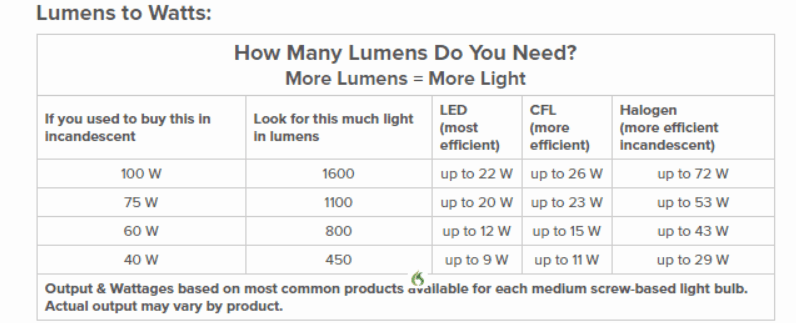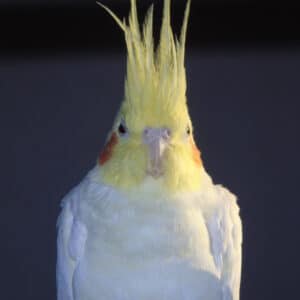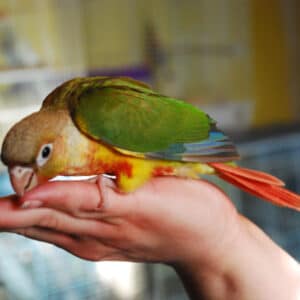
Should My Budgies Nap Early So They Can Stay Up Late?
Last Updated on by Mitch Rezman
The original question on Quora was: Can I leave the lights out for my budgies for a few hours in the early evening so they can take a nap?
They usually stay up until 2am with us?
All birds get an extraordinarily large amount of information from sunlight both the visible spectrum that you and I can see and the invisible spectrum UVA/UVB light.
The light is sent to the pineal gland just behind the right eye where it tells the bird how long the day is and sets off melatonin cells that vibrate like micro metronomes enabling birds to tell the precise time of day – although they don’t know the day.
When you say parakeet I’m assuming it’s a budgie as there are another 370+ species of parakeets we can talk about.
So getting to the crux of your answer, it’s no!
(My private reaction to the question at home)
Your budgie shouldn’t be up until 2 o’clock the morning with you.
It is unhealthy
and
it stresses them out because you’re disrupting their circadian rhythm.
That’s the very same circadian rhythm making humans SAD in the winter because of shortened light cycles.
Every living being on the planet has a circadian rhythm, with birds it’s especially important to respect theirs.
The proper procedure is to install a full spectrum light over their cage and put a timer on it so the birds get 12 hours of light and 12 hours darkness.
They should wake up in the cage when the light comes on and should be in the cage when the light goes off at night signaling to them, the beginning and the end of the day.
Your birds will be healthier, more chatty and in much better spirits if you follow this procedure
Best of luck
I have 4 cages of birds
Parakeets, Canaries, and Lady Gouldian Finches.
I currently provide light from an attachment below the ceiling fan which I turn on during daylight hours.
It provides a LOT of light to the cages.
I think; however, that I need to get some full spectrum bulbs; but don’t know what to order.
Please advise.
This room also serves as my tv and reading room.
I assume that full spectrum would not adverse me.
Please advise on both counts.
This room also gets full daylight thru 2 big windows- -double paned.
Hi Barry
You could add our economy full spectrum bulbs found here:
There is a small caveat requiring a brief Science lesson
The Lumens definition is: “a unit of luminous flux in the International System of Units, that is equal to the amount of light given out through a solid angle by a source of one candela intensity radiating equally in all directions”.
Lumens equals brightness!
And watts does not.
Not that watts are bad, but they measure energy use, not light output.
With new, energy-efficient LED technology, we can no longer rely upon wattage to indicate how bright a bulb is. See how to measure lumens below:

Our economy full spectrum bulb puts out 1600 lumens of light BUT (and here comes the science lesson).
Which trips everybody up is the inverse square law of light (and other energies).
You receive 1600 lumens of light from our 1600 lm light bulb when you are close enough to touch it.
Step back 1 foot and you are now receiving 800 lumens of light (1/2 the light).
Step back 2 feet and you are now receiving 200 lm of light (1/8 the light).
Which is how much light each bird cage is receiving based upon how far each bird cage is from the light source.
In a perfect world a full spectrum bulb or LED fixture should be placed 6 inches above each and every bird cage.
What’s more important though than the quality and intensity of the light is the light (timing) cycle.
Birds perceive light through the pineal gland located behind the right eye.
They see both the visible light spectrum and the in visible light spectrum (UVA/UVB) and the pineal gland is used to tell the bird about the quality of light and to keep its circadian clocks in tune.
All birds have multiple circadian clocks/rhythms (both more precise than a Rolex).
One indicates time of the day which they can do quite precisely (but they just don’t know what day it is).
Birds access another circadian rhythm to determine what season it is.
This is where signals come from telling birds to molt, to migrate or to make babies, which is why whenever I begin to question a caged bird keepers issues about prolific egg laying or plucking – I always start with question about light.
At the end of the day you’ll want to have a light cycle of 12 hours/12 hours darkness, not respecting daylight savings time because that trips up the birds even more.
Sorry for taking you around the block.
Hope that helps – reach out any time for more information.
Cheryl R replied
Hello I loved your blog on lighting great info
anyway I just recently bought a happy light because I never get out in the sun and I have a Sun conure in my home.
Besides a little bit of light from the windows, he doesn’t get the sunlight either.
I was wondering if this would harm him if I shared it with him.
Verilux 10000 lux
Feathered factoid: All windows in your home filter out all UVA/UVB (ultraviolet) light.
Hi Cheryl
You could share it with him but it would not have the desired effect.
A 10,000 LUX lamp yields about 500 LUX at 24 inches.
For your bird to truly benefit from a light it must be mounted no higher than 6 inches above its cage and have a timer implemented to provide 12 hours of light and 12 hours of darkness helping keep your birds circadian rhythms synchronized.
Hope that helps
best
mitchr
[email protected] asks
I would like to know a little more about lighting for a 3 year old female jenday conure.
She is healthy but I want to make sure I am providing the best care for her. Right now we have nothing other then natural.
Hi Jeff
For your bird to truly benefit from a light it must be mounted no higher than 6 inches above its cage and have a timer implemented to provide 12 hours of light and 12 hours of darkness helping keep your birds circadian rhythms synchronized.
Don’t get caught up in the lumens just make sure it’s bright white hopefully full-spectrum light.
A bulbs UVA and UVB rays are not going to impact the bird one way or the other.
Hope that helps
best
mitchr
Author Profile
Latest entries
 The Traveling BirdJune 26, 2025Can You Name 5 Parrot Species That Are Living Wild in the USA?
The Traveling BirdJune 26, 2025Can You Name 5 Parrot Species That Are Living Wild in the USA? Bird BehaviorJune 26, 2025How is it Parrots Are Problem Solvers Social Animals and Even Use Tools?
Bird BehaviorJune 26, 2025How is it Parrots Are Problem Solvers Social Animals and Even Use Tools? Bird & Parrot AnatomyJune 25, 2025How a Tiny Chemical Modification Makes Parrots Nature’s Living Paintings
Bird & Parrot AnatomyJune 25, 2025How a Tiny Chemical Modification Makes Parrots Nature’s Living Paintings PigeonsJune 20, 2025How Do Parrots Thrive in Cities Outside Their Native Habitats?
PigeonsJune 20, 2025How Do Parrots Thrive in Cities Outside Their Native Habitats?


